When the Apollo astronauts returned from the Moon, they brought with them samples of lunar soil (regolith) and rock. The analysis of these samples forever changed our perceptions of how the Earth-Moon system formed and evolved….
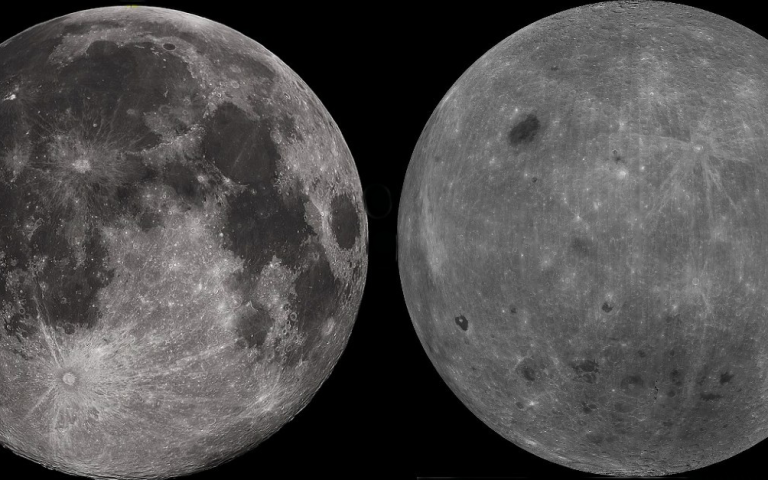
When the Apollo astronauts returned from the Moon, they brought with them samples of lunar soil (regolith) and rock. The analysis of these samples forever changed our perceptions of how the Earth-Moon system formed and evolved….
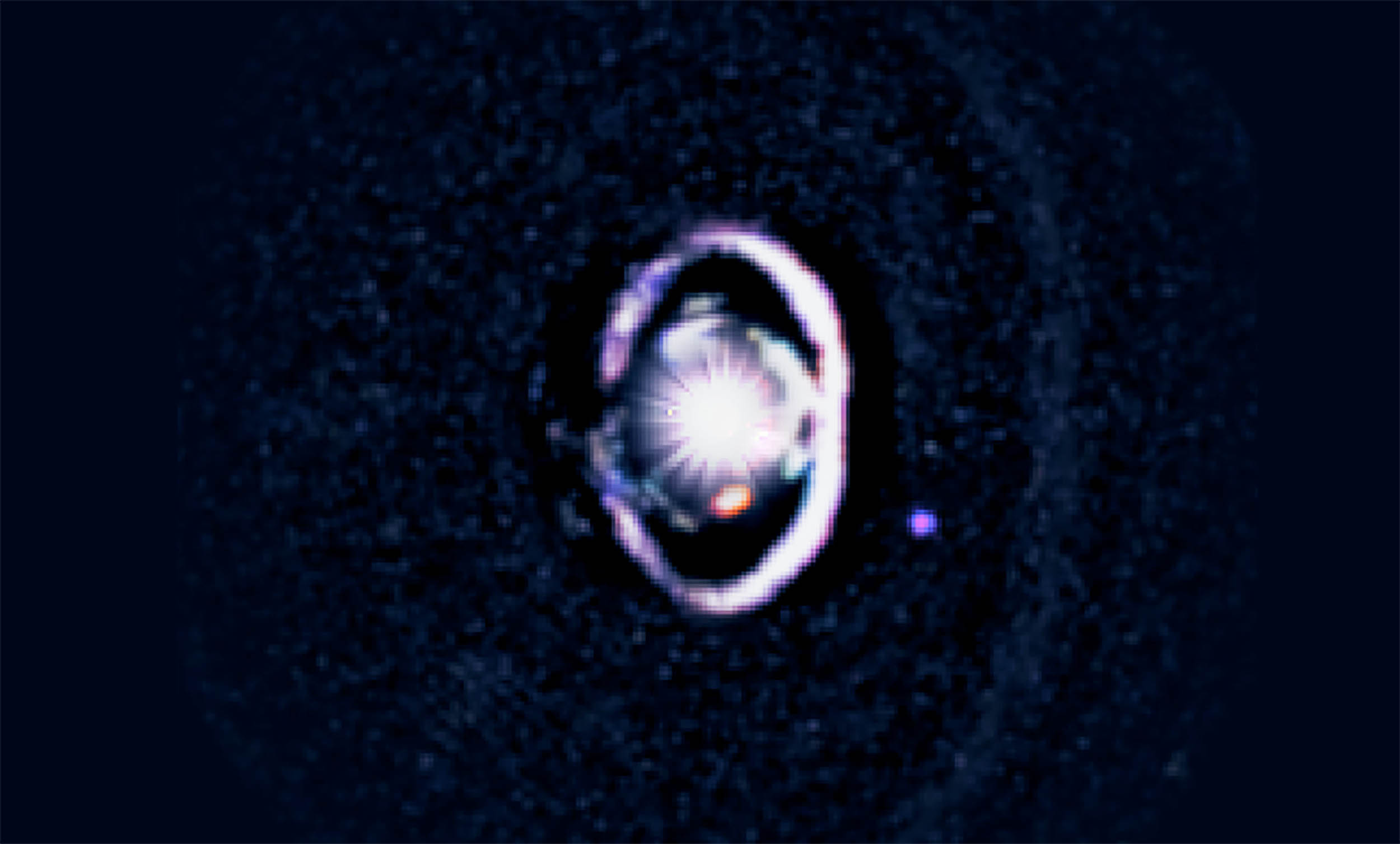
A team of astronomers has captured a young world, WISPIT 2b, sitting inside a dark ring around its star. The object is a protoplanet, a planet still forming inside a broad disk of gas and dust.
Instead of hiding in the central hole of the disk,…
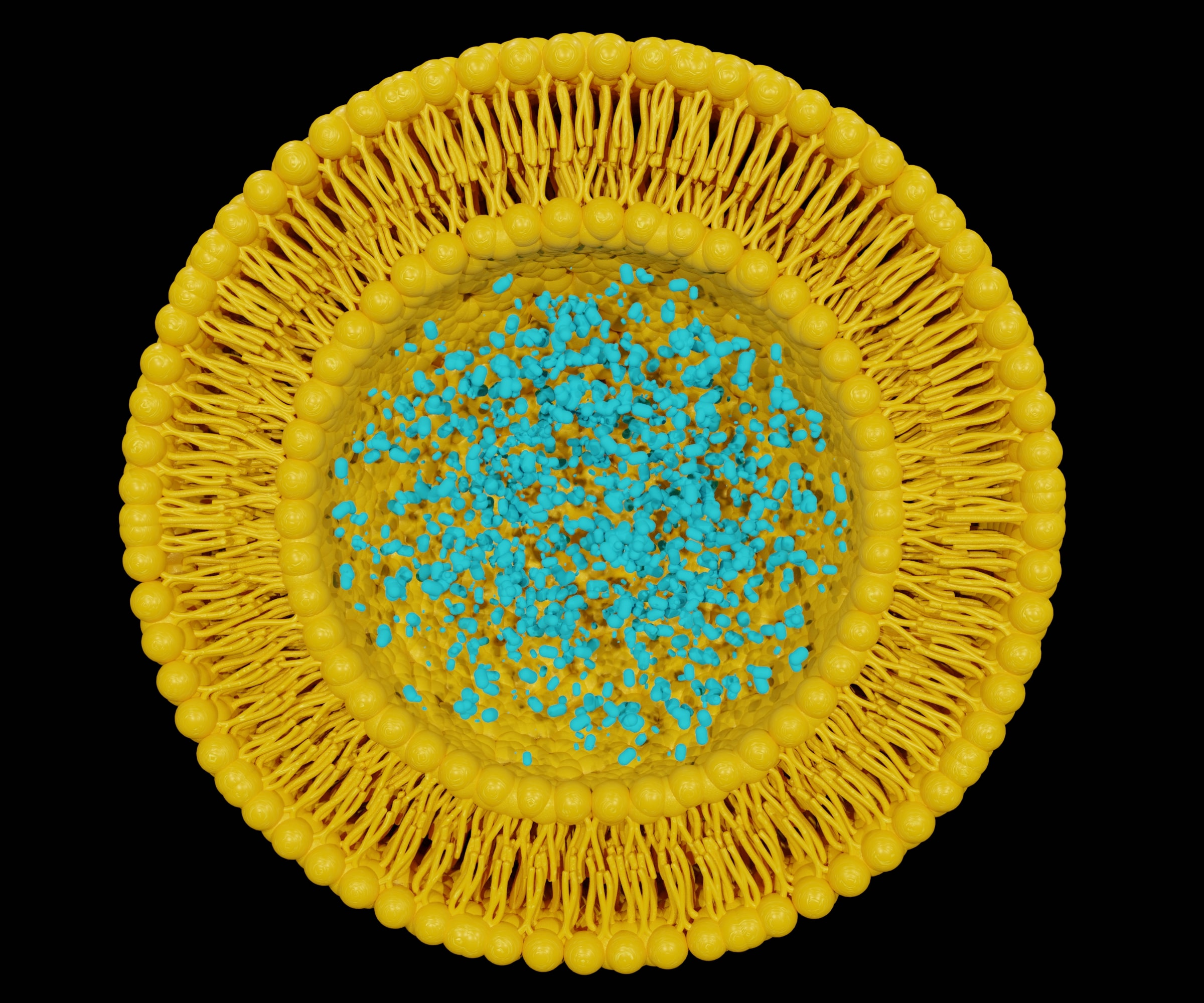
Targeted drug delivery has long been a cornerstone goal of modern medicine—sending therapies exactly…
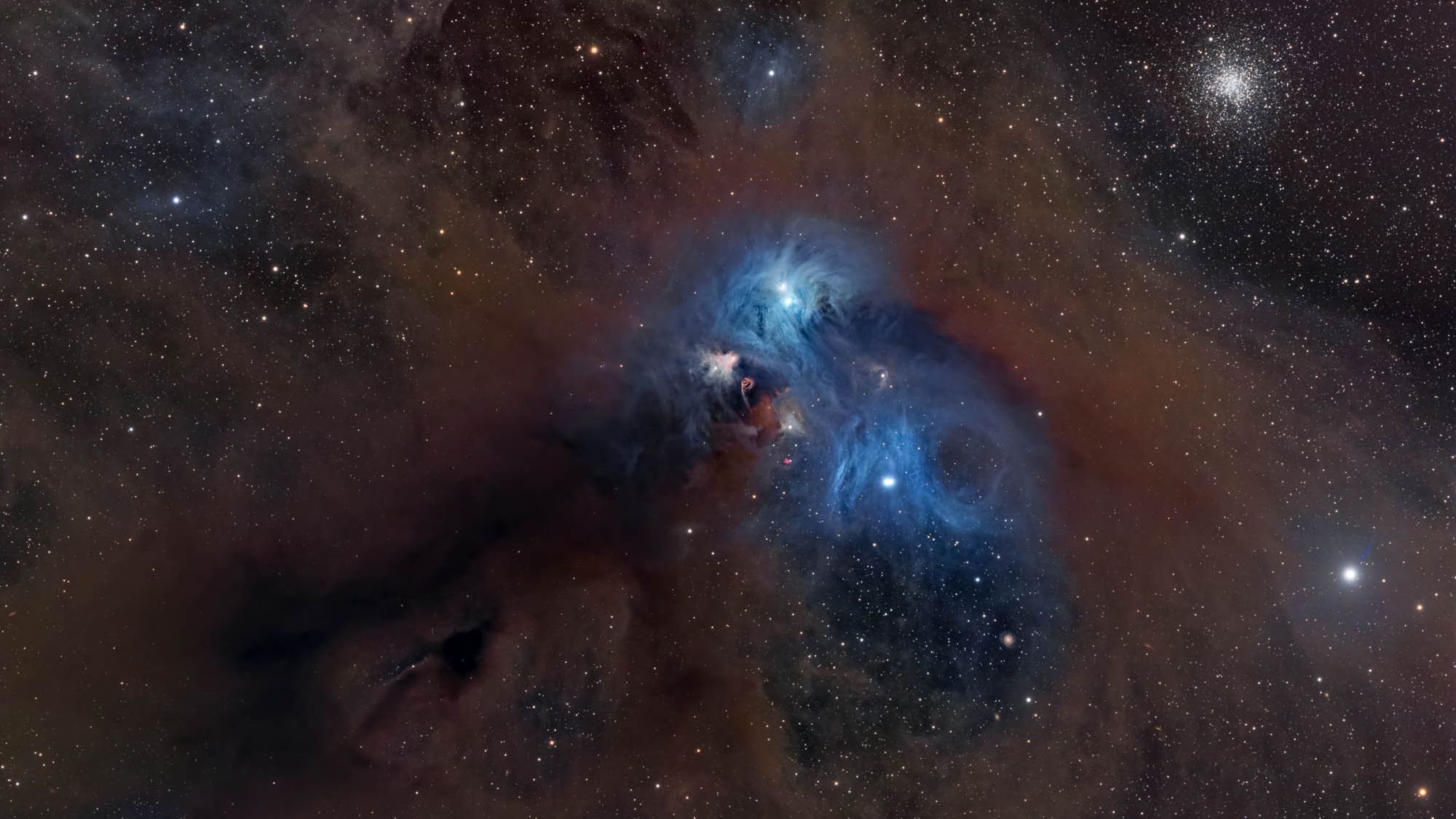
Astrophotographer Greg Meyer has captured a star-studded nebula scene that conjures the image of a colossal baboon raging in the depths…

A proposed constellation of satellites has astronomers very worried. Unlike satellites that reflect sunlight and produce light pollution as an unfortunate byproduct, the ones by US startup Reflect Orbital would produce light pollution by…

Elon Musk’s Starlink satellites are falling back to Earth, with up to four burning up in the atmosphere each day, according to space trackers.
Jonathan McDowell, an astronomer at the Harvard–Smithsonian Center for Astrophysics, told…
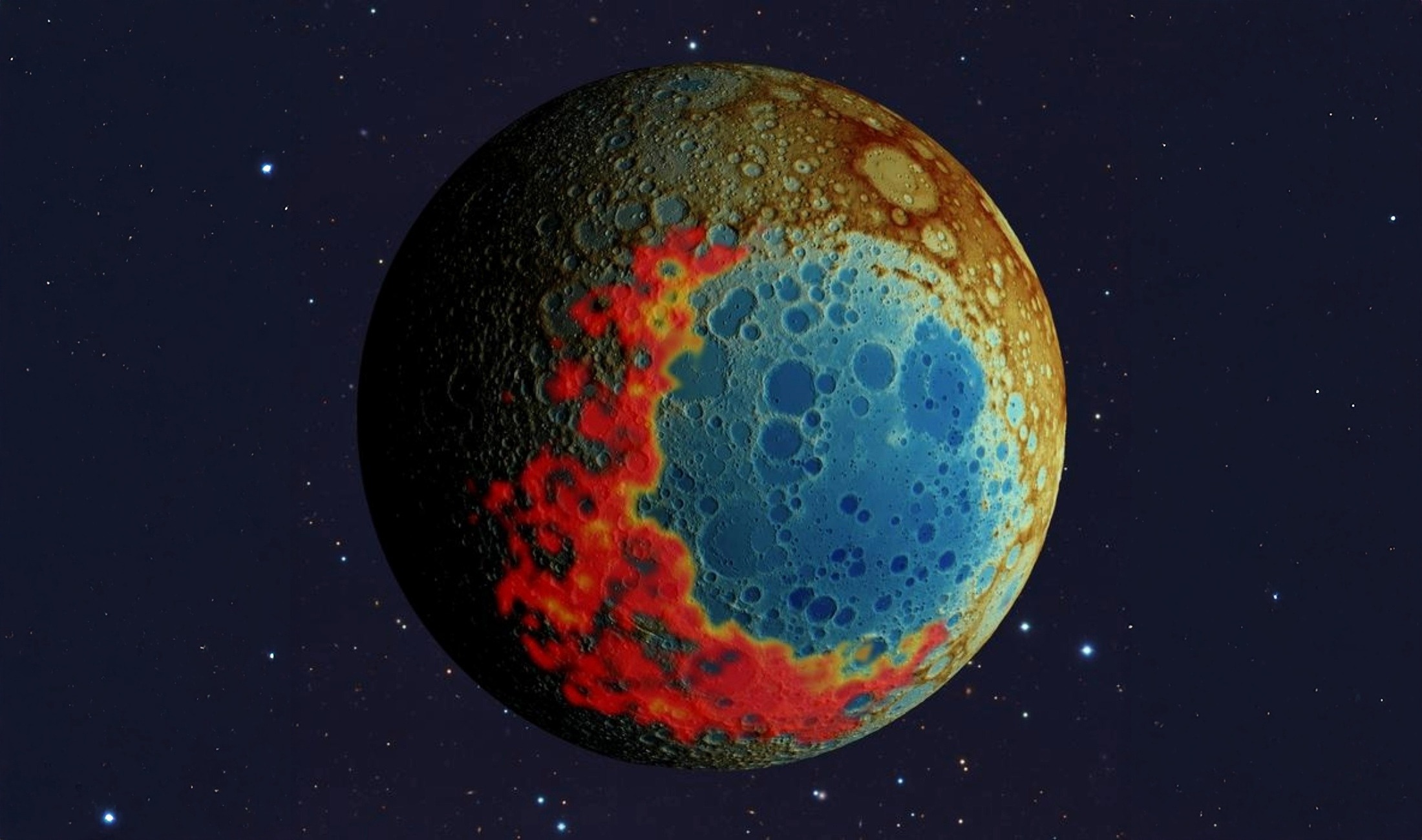
When NASA’s Artemis astronauts touch down near the Moon’s south pole, they may step into a natural archive of the Moon’s deepest secrets.
A new study, led by Jeffrey Andrews-Hanna at the University of Arizona, argues that this region lies on…